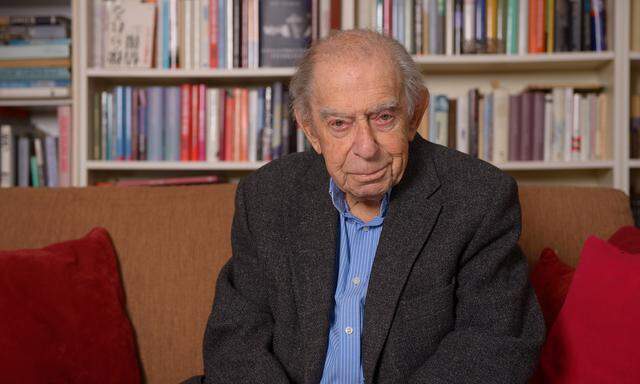The Tug of War for Central Europe’s Future
History is no Autobahn. The region’s fate will be decided by who will prevail: liberals or autocrats.

In a speech to parliament on Feb. 28, 1859, Benjamin Disraeli, then a Conservative MP, attacked the government of the day with the warning: “Finality is not the language of politics.” Russian revolutionary thinker Alexander Herzen, in exile in London, remarked a few years later in one of his essays that “History has no libretto.” What happened in the course of the short 20th century (Hobsbawm) between 1914 and 1989 dramatically confirmed the validity of these statements.
„One of the . . . phenomena of nationalistic controversies has been the falsification of the past for the sake of the present.“
Paul Lendvai
Within three generations, the pre-1914 world — Stefan Zweig’s “Golden Period” — was turned upside down three times. Between 1919 and 1920, the three multi-national empires of Austro-Hungary, the Ottoman Empire, and Czarist Russia fell apart. The experiment with new Central and East European democratic nation-states in a region of ethnic and linguistic diversity soon failed. Presidential or royal dictatorships emerged in all succession states except for Czechoslovakia. The losers of the Great War — Germany, Hungary, and Bulgaria — sought revenge for their lost territories. Internal and external tensions paved the way for the rise and the rivalry of the two totalitarian great powers, Hitler’s Germany and Stalin’s Soviet Union, destroying the fragile international order established by the Paris Peace Treaties and the League of Nations.